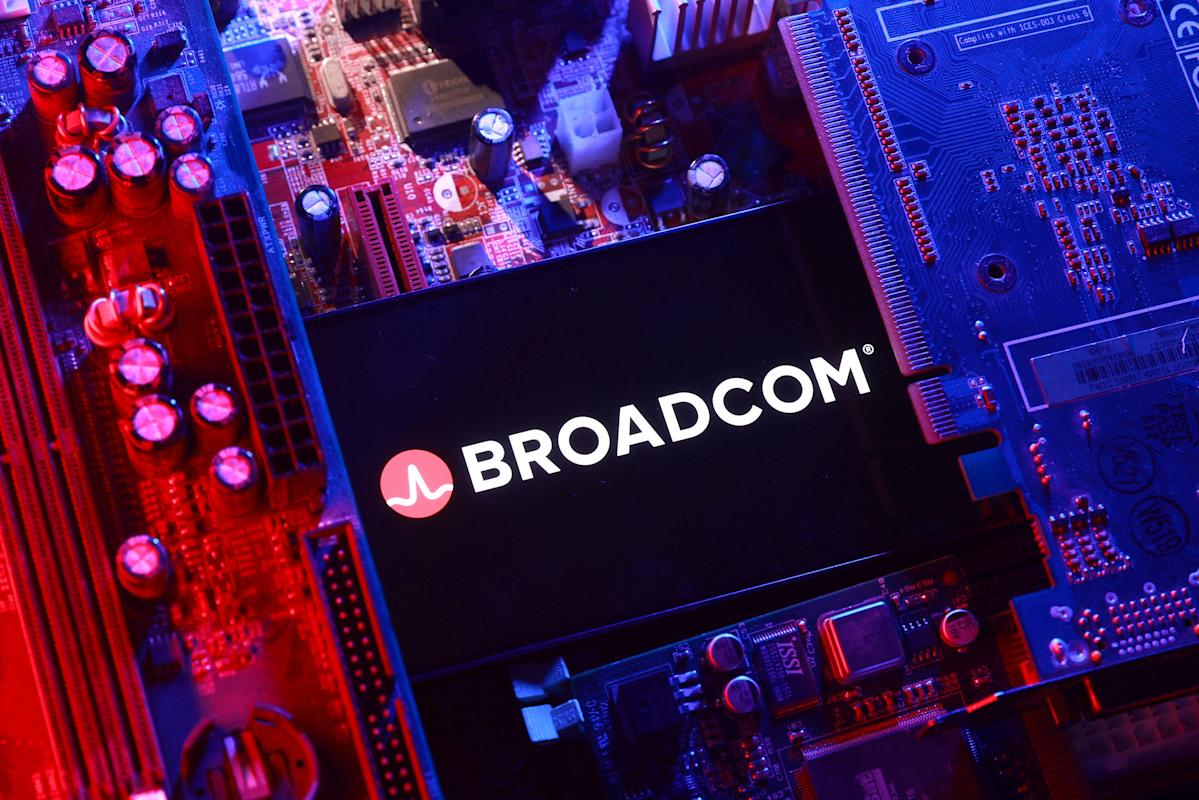OpenAI Partners with Broadcom and Other Tech Leaders to Build Multi‑Gigawatt AI Compute Infrastructure

Key Points
- OpenAI and Broadcom will co‑develop custom AI accelerators covering about 10 GW of chip capacity, with rollout starting next year and completing by 2029.
- Existing agreements with NVIDIA (10 GW) and AMD (6 GW) add tens of gigawatts of compute, with deployments expected in the second half of 2026.
- A separate deal with Oracle supplies 4.5 GW of data‑center capacity for OpenAI’s Stargate Project.
- CEO Sam Altman aims for a total of 250 GW of AI compute over eight years, a scale that could cost roughly $10 trillion.
- OpenAI projects $13 billion in revenue for the current year, highlighting the financing challenge of its long‑term compute goals.
- Diversifying hardware partners reduces reliance on any single chipmaker and positions OpenAI for greater control over AI performance and cost.
OpenAI is accelerating its AI compute ambitions by teaming with Broadcom to design and deploy custom AI accelerators, targeting a rollout of 10 gigawatts of chips by 2029. The partnership adds to existing agreements with NVIDIA, AMD and Oracle, which together promise tens of gigawatts of additional capacity. CEO Sam Altman has outlined a longer‑term vision of 250 gigawatts of compute over eight years, a scale that would require multi‑trillion‑dollar financing. The combined deals signal OpenAI’s push to secure the hardware foundation needed for its next generation of models while diversifying its supply chain across several chip makers.
Strategic Chip Partnerships Expand OpenAI's Compute Base
OpenAI announced a new collaboration with Broadcom to create custom AI accelerators and the associated rack systems that will be deployed in data centers beginning in the second half of next year. OpenAI will handle the design of the accelerators, while Broadcom will manufacture and install the hardware. The agreement covers roughly 10 gigawatts of chip capacity and is valued at multiple billions of dollars. Both companies have been working together for about a year and a half, and the rollout is planned to be completed by the end of 2029.
Complementary Deals with NVIDIA, AMD and Oracle
Broadcom’s deal joins a suite of hardware contracts OpenAI has secured in recent months. A partnership with NVIDIA provides an investment of $100 billion and 10 gigawatts of AI infrastructure, with deployments slated for the second half of 2026. AMD will supply six gigawatts of compute power under a multi‑billion‑dollar agreement that could give OpenAI a stake of up to 10 percent in the chipmaker. In addition, OpenAI signed a contract with Oracle for 4.5 gigawatts of data‑center capacity as part of the company’s “Stargate Project.” These agreements collectively bring tens of gigawatts of dedicated AI compute to OpenAI’s ecosystem.
Ambitious Long‑Term Vision
CEO Sam Altman has publicly outlined a longer‑term target of 250 gigawatts of AI compute over the next eight years, a dramatic increase from the roughly two gigawatts expected by the end of the current year. Altman estimates the total cost of such an expansion could approach $10 trillion, a figure that will require innovative financing mechanisms beyond OpenAI’s existing revenue streams. The company projects $13 billion in revenue for the current year, underscoring the scale gap between present earnings and the capital needed for the envisioned compute network.
Implications for the AI Landscape
The diversification of OpenAI’s hardware partners reduces reliance on any single chip supplier and positions the company to better control the performance, cost and availability of the compute that underpins its large language models. By securing custom silicon from Broadcom alongside established platforms from NVIDIA and AMD, OpenAI is building a flexible, multi‑vendor stack that can adapt to rapid advances in AI workloads. The extensive compute capacity also strengthens OpenAI’s competitive stance against other AI firms that are similarly racing to scale their infrastructure.
Financial and Operational Outlook
While the contracts represent multi‑billion‑dollar commitments, OpenAI acknowledges that the broader ambition will demand financing strategies that have yet to be fully disclosed. The company’s current revenue trajectory, combined with the inflow of capital from its major partners, suggests a phased approach to expanding capacity while managing cash flow. The upcoming deployment of Broadcom’s racks, followed by NVIDIA and AMD systems, will provide tangible benchmarks for OpenAI’s growth plan over the next few years.